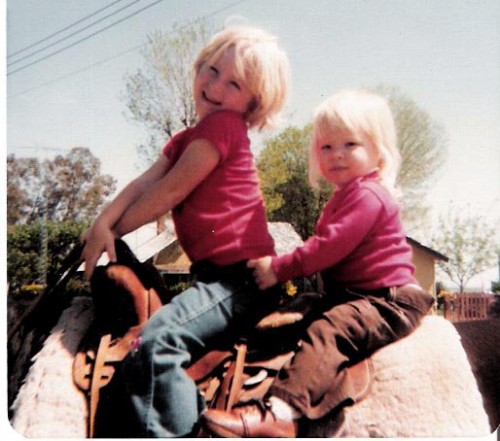In New Orleans there is this magical thing where you can put your alcoholic drink in a plastic cup of any kind and leave the establishment you are patronizing — or even your own very house — and go outside!
!!!
It’s called a “go-cup” and, in its simplest form, it looks like this:
The bars and restaurants have them for your convenience and many residents keep a supply on hand too.
I still remember the first time I went to New Orleans, about five years ago, and realized that I could do this. It was… okay “liberating” might be a strong word… but it did bring into sharp relief the lack of freedom that I experience in other parts of the U.S. that do not allow public consumption of alcohol. Moreover, it revealed to me how deeply I had internalized the idea that (1) you can’t drink alcohol in public, (2) if you want to drink alcohol and you’re not at home, you have to purchase it from a vendor and, (3) if you purchase a drink, you must finish drinking it or abandon the remains if you want to go somewhere else.
None of these rules apply in New Orleans.
I had the pleasure of showing my friend Dolores around the city last month and chuckled as she kept forgetting that we could leave a bar or restaurant with a drink in hand. I’d suggest we go and she’d remember, suddenly, that we could. We didn’t have to sit around and finish our drinks. Or, even crazier, we could pop into a bar as we walked by, order a drink, and keep going our merry way. Her realization that these were possibilities happened over and over again, as she kept reverting to her non-conscious habits.
Dolores’ experience is a great example of how we internalize rules invented by humans to the point where they feel like laws of nature. In our daily lives in Los Angeles, where we both live, we hang out together and drink alcohol under the local regulations. We rarely feel constrained by these because we forget that it could be another way. This is the power of culture to make alternative ways of life invisible and, as a result, gain massive public conformity to arbitrary norms and laws.
Cross-posted at Pacific Standard.
Lisa Wade, PhD is an Associate Professor at Tulane University. She is the author of American Hookup, a book about college sexual culture; a textbook about gender; and a forthcoming introductory text: Terrible Magnificent Sociology. You can follow her on Twitter and Instagram.








